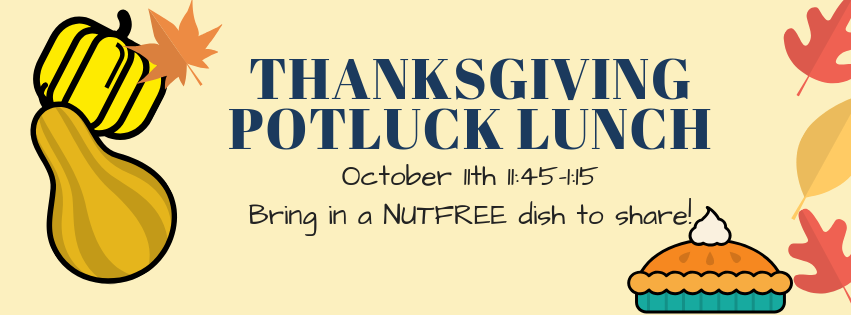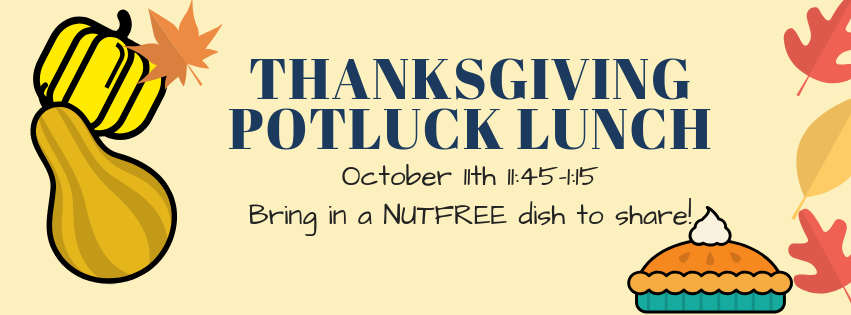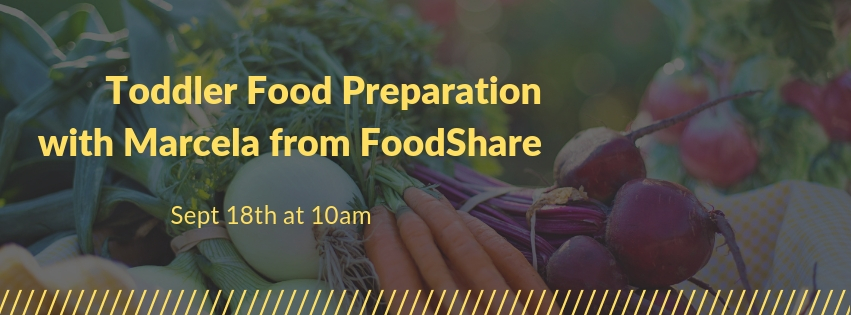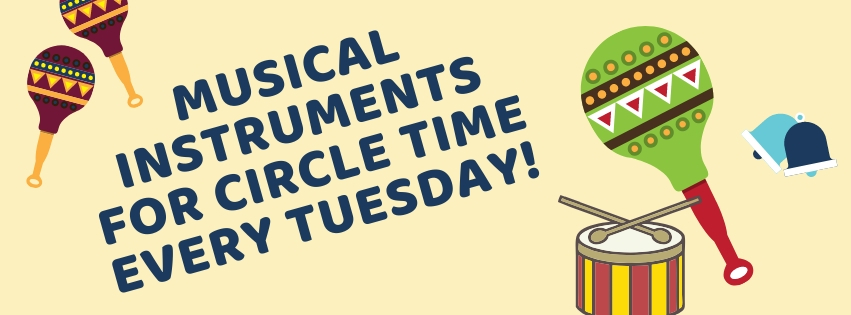The chill in the air and the changing leaves tells us winter is coming. As the autumn season blossoms around us, it’s a great time to reflect on our autumn traditions.
With the Canadian Thanksgiving around the corner, this becomes a beautiful time of year to celebrate gratitude and thanks for the bountiful harvests in our lives.
Gratitude is Key to Well-Being

Evidence from our research at Berkeley suggests that grateful young adolescents (ages 11-13), compared to their less grateful counterparts, are happier and more optimistic, have better social support, are more satisfied with their school, family, community, friends, and themselves, and give more emotional support to others.
Research has also shown that gratitude plays a major role in our well-being and success. For example, one study links gratitude to greater social support and protection from stress and depression over time.
How Can We Cultivate a Tradition of Gratitude in our Youngsters?
Whether it’s Sunday dinners, birthdays, or family game night, having routines that you do as a “family” is important on many levels. Research since the 1950s shows us that no matter which language you speak or where you are from in the world, traditions and rituals in family life are linked to increased happiness, emotional well-being, and a greater sense of identity in children. So how can we cultivate a tradition of gratitude in our families, so we can give our children the best possible foundation?
Harvest time is the perfect time of year to begin.
Traditionally at this time of year, people give thanks for the sunlight and the fruits of the earth, recognizing that we must share those fruits as we enter the harsher months, and prepare to turn inward in the winter darkness. It’s the perfect time to get started on a family routine to cultivate gratitude – and it won’t only benefit the kids. We could all use a little more happiness and well-being!

The Greater Good Science Center at UC Berkeley has done a lot of work in the area, and published an article with 7 suggestions for fostering gratitude in their “Greater Good Magazine” as part of their “Expanding Gratitude” project, summarized here:
- Model and teach gratitude: Expressing gratitude through words, writing, and small gifts or acts of reciprocity are all ways to teach children how to become grateful. Adults can promote gratitude directly in children by helping them appraise the benefits they receive from others—the personal value of those benefits, the altruistic intention of people providing them, and the cost to those people. This helps kids think gratefully.
- Spend time with your kids and be mindful when with them: Being mindful helps you maintain empathy toward a child, and this provides important modeling of empathy, the most important emotion for developing gratitude and moral behavior. It will also give you and your child a heightened sense of appreciation for the things both of you love and for your relationship.
- Support your child’s autonomy: Using an authoritative or democratic parenting style, which is firm, yet flexible, sup- ports children’s autonomy. This will enhance family relationships, improve the atmosphere at home, and help bring out their strengths and talents, all good for making grateful kids. Also, limiting children’s media consumption and guiding them to use media in prosocial ways protects them from commercial influences that discourage the development of the authenticity, self-development, and social interaction necessary to grow into positive, purposeful, grateful individuals.
- Use kids’ strengths to fuel gratitude: After you’ve identified your children’s top strengths and you know their unique strengths profile, you should encourage and help them to use those strengths whenever possible. Not only does this open up opportunities for others to contribute to the things your children love, but it also enables your children to strengthen their ability to be helpful and cooperative toward others, which will make them more grateful.
- Help focus and support kids to achieve intrinsic goals: Steer children away from pursuing extrinsic goals and toward pursuing intrinsic goals, such as engaging in activities that provide community, affiliation, and growth. Not only will successfully achieving these goals fulfill children’s fundamental human needs of competency, belongingness, and autonomy, but their personal development, happiness, success, and gratitude depend on it. To amplify their gratitude even more, remember to savor their accomplishments with them along the way, and encourage them to thank those who’ve helped them meet their goals.
- Encourage helping others and nurturing relationships: When children lend a hand, especially while using their strengths, they feel more connected to those they’re helping, which helps them to develop and nurture friendships and social relationships. A great way to do this is by teaching them through your actions that other people matter and that tending to relationships should be a priority. To help children strengthen their relationships, you should encourage them to be thoughtful of others, to thank others regularly, and to be cooperative, helpful, and giving.
- Help kids find what matters to them: The deepest sense of gratitude in life comes from connecting to a bigger picture, to an issue that matters to others and doing things that contribute to society down the road.
Whatever it is that you choose to do, cultivating gratitude in your family will give everybody a lift, and will create long-term impact for individual family members but also for communities to become more compassionate, caring, and content.
Read More:
How Gratitude Helps Through Hard Times










